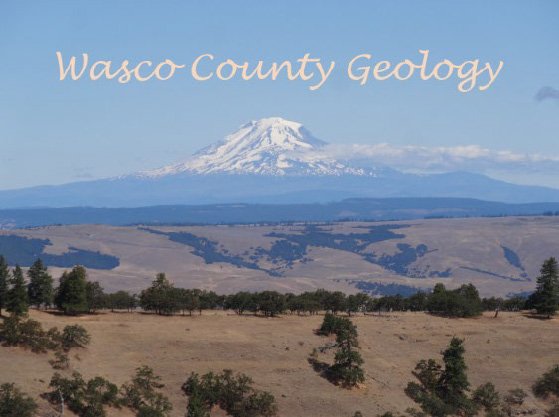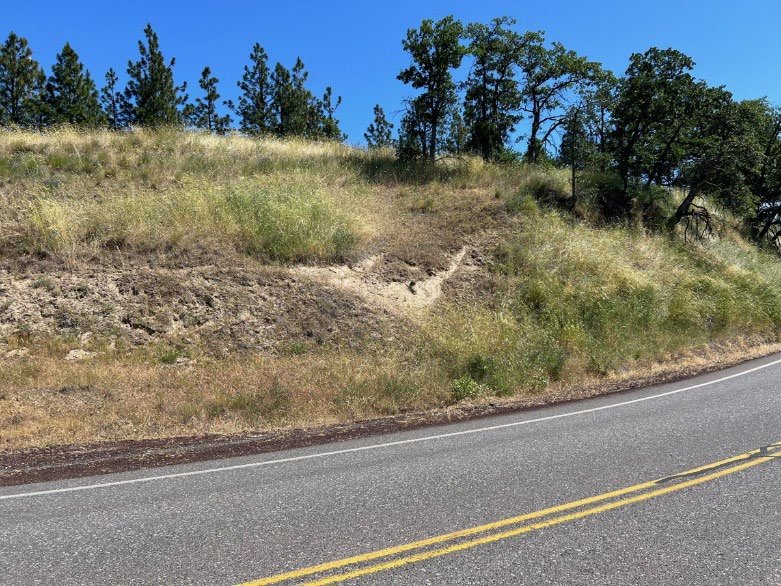Another important long-time GSOC Past President has passed away. Rosemary Kenney (1926-2024) would have been 98 years old if she had lived 6 more days. She was also GSOC’s longest membership at the time of her death, having joined the society in 1962 (according to her presidential write-up). Rosemary was GSOC President in 1989, which, unsurprisingly, was also the year she retired.
Rosemary was a strong and independent woman who loved to travel. Rosemary Richartz was born on a dairy farm in Touchet, Washington, and was the valedictorian of her high school in Umapine, Oregon. She then attended Oregon State University and received her BS in Home Economics in 1948, then a certificate in Food and Nutrition 1949. She used this education to become a dietician, a ubiquitous profession which proved to be a handy career for someone who loved to travel.
Read More




























































